On May 29, nearly 20 thousand tons of diesel fuel spilled after the stand-by oil tank had lost pressure at Norilsk’s Power Station No. 3. Part of the fuel leaked into the Dandykan and the Ambarnaya rivers. Permafrost thawing and the Russian infrastructure – not ready for new climatic challenges are deemed to be the main reasons. That is just the beginning of a series of large-scale man-made disasters that lie in store for Russia’s part of the Arctic Region.
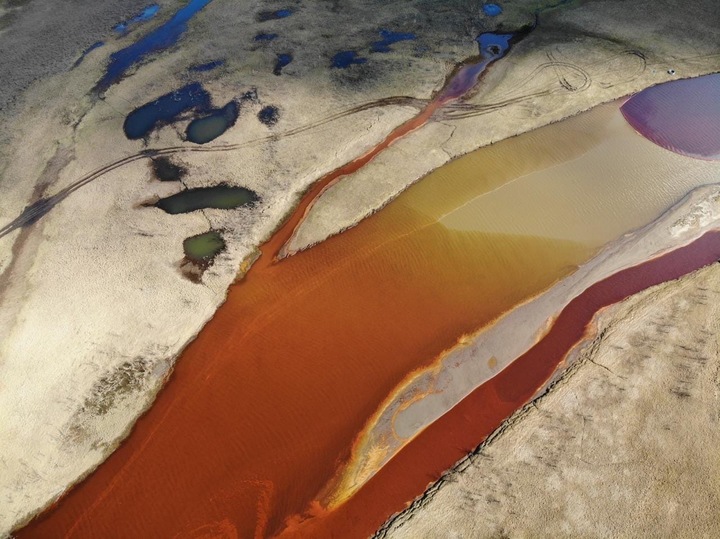
28 Russia’s regions are located in the permafrost zone, occupying nearly 65% of its territory, while permafrost’s range zone is utterly uneven, and its specifics are very different. But there is one thing in common – the social and economic degradation of these areas within the Russian Federation and climatic variations throughout its territory.
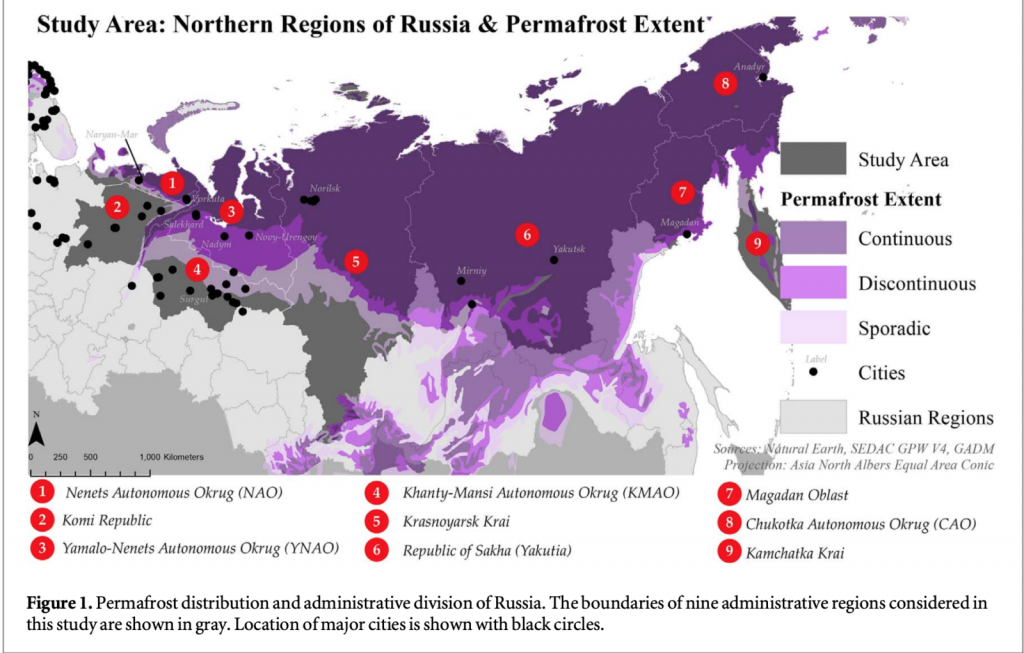
The Soviet Union actively developed the Arctic and Siberia in the twentieth century. All facilities were built on the basis of existing climatic conditions and did not call for any changes. By the way, all existing regulations in Russia covering the construction and upkeep of buildings and premises in permafrost areas do not factor in climate change yet.
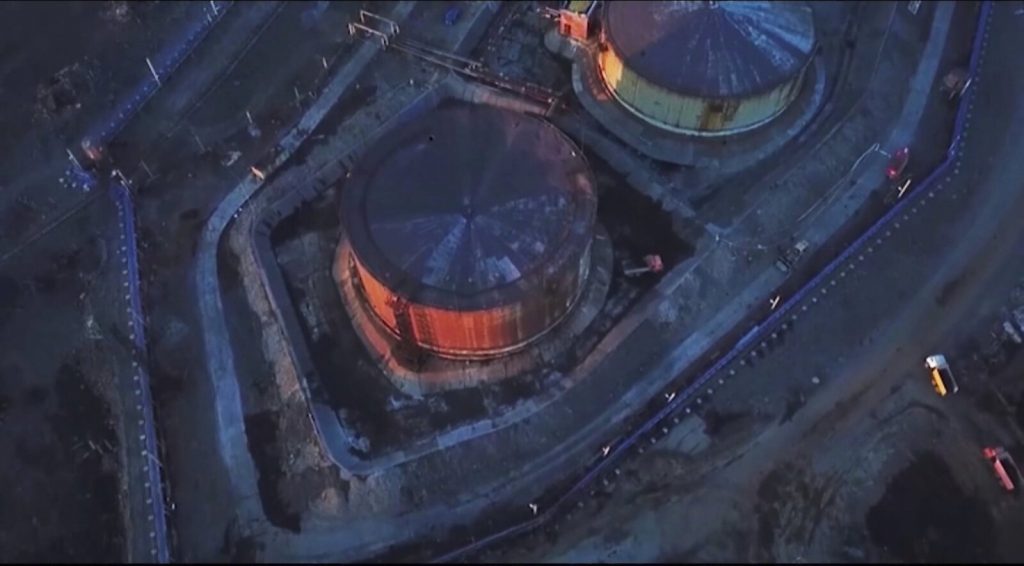
But permafrost has turned out to be not permanent. Greenpeace claims the total permafrost subsurface will have been reduced by 10-18% by 2030. The permafrost area might be reduced by 15-30% by 2050, while the southern border of permafrost in Russia will shift to the northeast by 150-200 kilometers. Permafrost islands at the degradation sites in the southern perimeter zone will melt. In the coldest northern zone, where permafrost underlays more than 90% of the surface, the thickness of the seasonally thawed layer will mainly increase. Large thawed permafrost layers might arise and develop here as well.
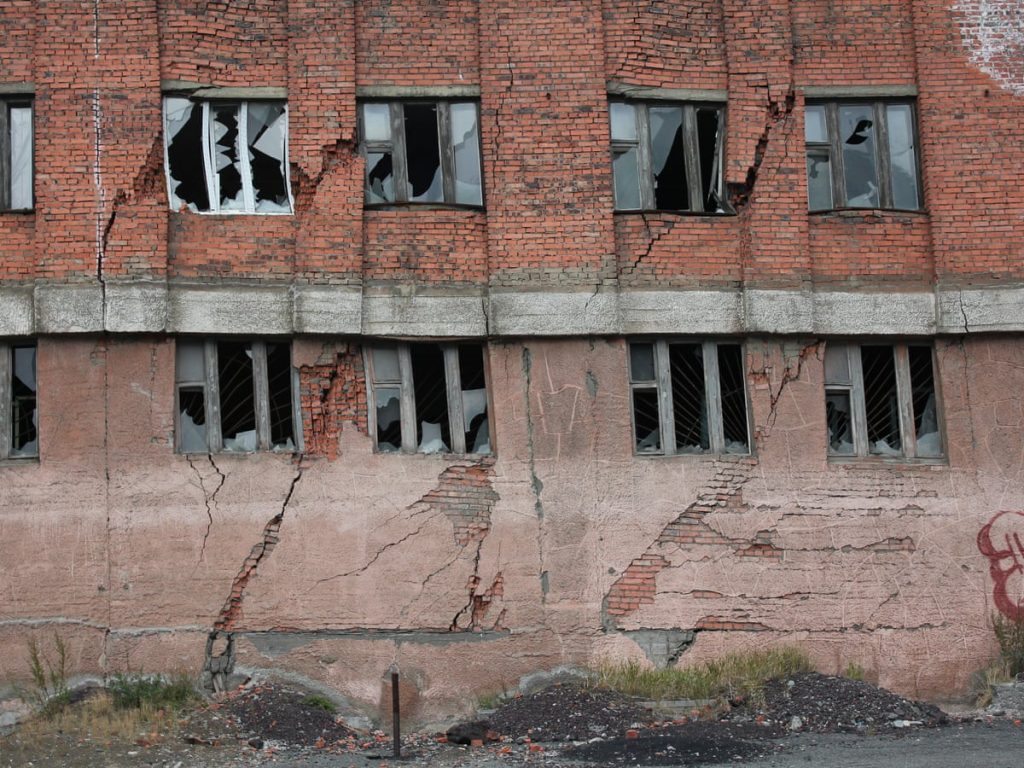
Russia faces numerous building collapses, deformation of road pavements and infrastructure over the permafrost thawing annually even today. In particular, nearly 7 thousand accidents at oil and gas pipelines caused by mechanical stress and deformation take place in Western Siberia every year, according to Russian researchers. An average of 1900 accidents per year take place at the oil fields of the Khanty-Mansi Autonomous Okrug alone. Differential soil settlement during permafrost thawing, or the outsqueezing of supports and basements during freezing are the trigger. Overall, 45% of oil and gas fields in the Russian Arctic are at risk over climate change. Note that this is not the biggest hurdle for the Region amid general all-out degradation of this area’s infrastructure.
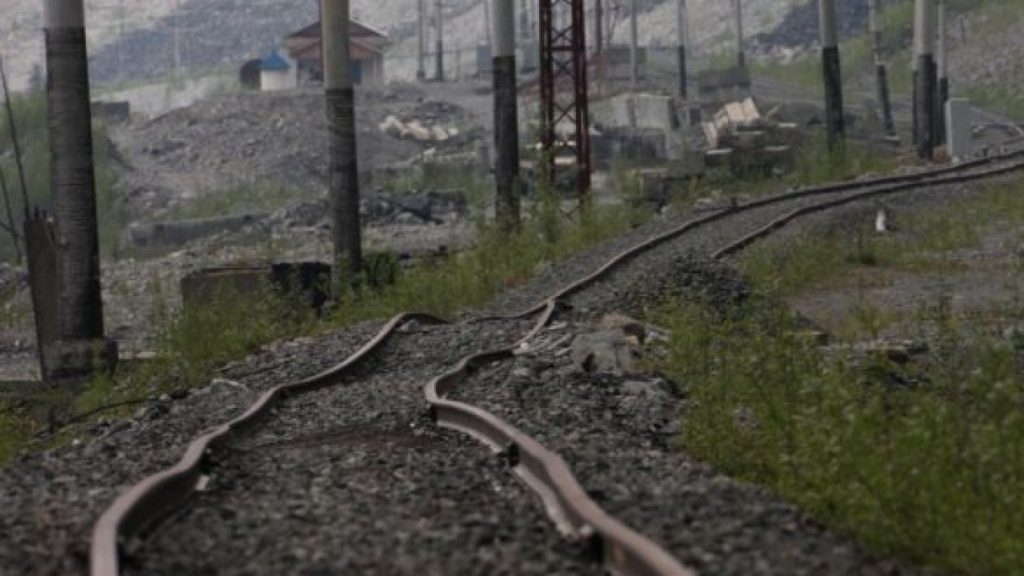
What looks much more important is the Kremlin’s failure to modernise facilities in risk areas today, where the accidents might entail a large-scale environmental disaster.
The Murmansk region, the Norilsk industrial region and the northern part of the Krasnoyarsk Territory, the northern part of the Yamalo-Nenets Autonomous Okrug, the northern part of the Sakha, and Chukotka Autonomous Okrug are at the highest risk in Russia, according to climate researchers.
In addition to thermal power plants and numerous reservoirs there, numerous animal burial sites that are bacteriologically toxic, abandoned military facilities and mines, we are talking about:
– Norilsk Nickel waste ponds containing sulfates, copper, nickel and other toxic substances; tailing storage facilities in Chaunlag (Chukotka Autonomous Okrug), slag-tailings in Valkumey, Iultin, Krasnoarmeysk (Chukotka Autonomous Okrug), Kular (Sakha), abandoned gold and tin mining facilities in the Yana-Indigirka Lowland (Sakha), abandoned mercury integrated plant at Cape Schmidt (Chukotka Autonomous Okrug), Polyarninsky mining processing plant (Chukotka Autonomous Okrug, where the annual supply of liquid fuel for the mine was stored in dead pits due to permafrost) and others;
– plants in the cities of Pevek and Anadyr (Chukotka Autonomous Okrug), Novy Urengoy (Yamalo-Nenets Autonomous Okrug) and others;
– Bilibino NPP (Chukotka Autonomous Okrug), consisting of four power units. Its construction started in 1966 and several leaks of radioactive materials took place there in the 90th. It should be noted that radioactive waste is not moved out for disposal outside the Bilibino NPP. The SNF accumulated over the entire service life is stored in the reactor storage pools;
– Ust-Khantayskaya, Kureyskaya, Ust-Srednekanskaya hydroelectric power stations.
Russia’s ruling elite, for now, fails to provide security for these and thousands of other facilities that pose a threat to the environmental situation across the globe. Climate change and permafrost thawing are expected to trigger a series of man-made disasters. Concurrently, the Kremlin is unlikely to be able to address the threats and consequences adequately. Consequently, a significant territory might be put at increased environmental risk.



